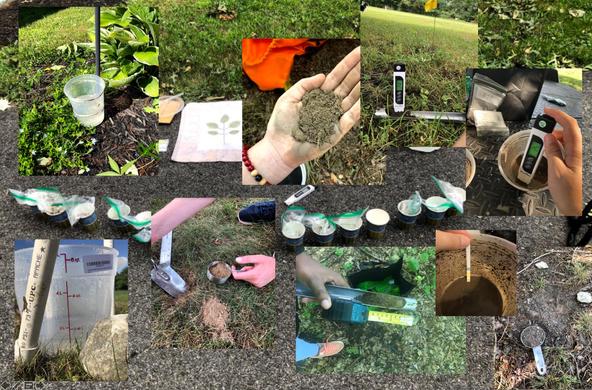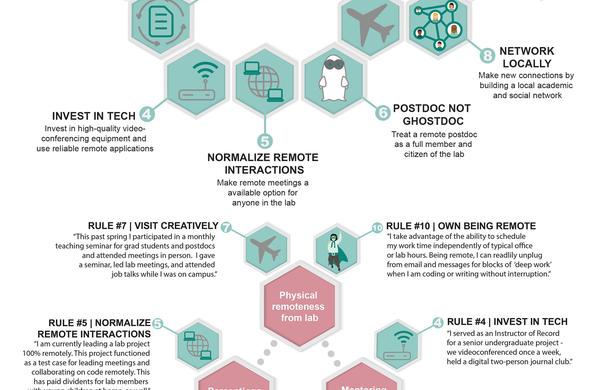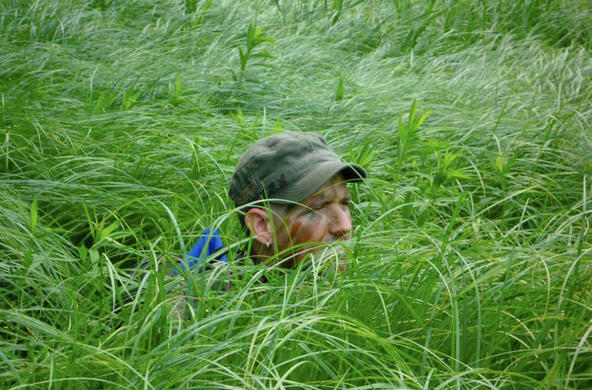When I teach about the environment, I often worry my audience will be paralyzed by fear. As the science behind environmental issues improves, the predictions get worse. How do we teach children about the state of our environment without making them feel the problems are insurmountable? How do we move from denial without ending in despair?
Child psychologists, teachers and the educators here at the Cary Institute for Ecosystem Studies offer the following advice for teachers and parents:
1. Take the child's developmental stage into account. If a child is asking questions and/or understands related concepts, then he or she is ready to think about our society's complex environmental issues.
2. Make discussions relevant to the child. Children are naturally curious; talk about issues that affect their day-to-day lives. If they love frogs, let them explore a vernal pond and explain how land development or toxic runoff can affect these sensitive habitats. If they or one of their friends has asthma, discuss how air pollution contributes to this ailment.
3. Investigate local examples of environmental issues. Most of us, including children, are overwhelmed by global issues. But when we talk about the warming of the Hudson River or the acid rain that falls on our own backyard, these issues become more accessible. Work with children to understand their ecological footprint or the impact of pollution on a species they care about. Families can also contribute to citizen science projects such as Project Budburst (www.windows.ucar.edu/citizen_science/bud burst) or the New York State Department of Environmental Conservation's amphibian monitoring program. Scientific inquiry can become an important precursor to informed action.
4. Encourage action. It's easy to mistake giving and receiving information as a way of being more environmentally friendly. Yet, change only happens when we act on the information we've learned. It is important adults help children create a life habit of contributing to their community and environment in positive ways. While we can start with changing a light bulb, our actions must grow into fundamental changes in our use of natural resources.
5. Include children in family decision making. Help children understand the tradeoffs that come when we try to be "green." Do we buy a hybrid car, even though they are more expensive? Should we take this summer's family trip, even if it means using a lot of fossil fuels to get there? Can shopping at yard sales be as fun as going to the toy store? Can the family work together on a garden instead of relying on vegetables that have traveled across the country or ocean? Discussing these decisions can have a big impact on a child.
6. Help children develop a framework for understanding the environment. Children need a way to process what they hear from teachers or the news. For example, to understand climate change, they should understand the basics of the carbon cycle and the greenhouse effect, how our burning of fossil fuels contributes to these processes and how climate change scientists do their research.
7. Teach children where to get reliable sources of information. Some of our favorites are http://earthobservatory.nasa.gov, www.eoearth.org and www.earthsky.org
8. Celebrate the positive work of others. Research the positive solutions that individuals, towns and countries have employed to improve the environment. A glimmer of hope can do wonders.





